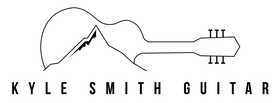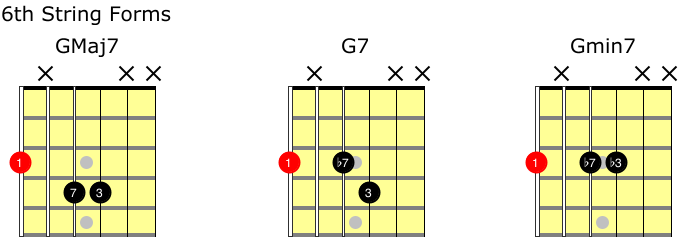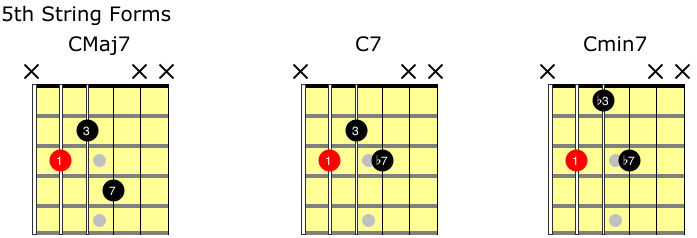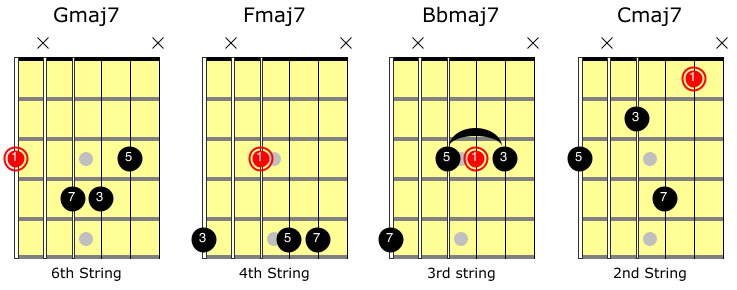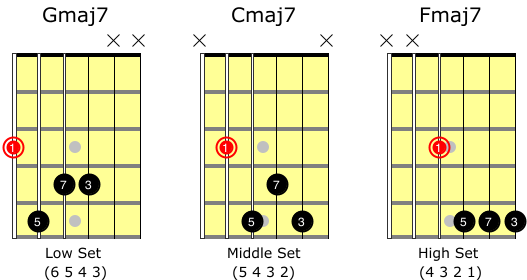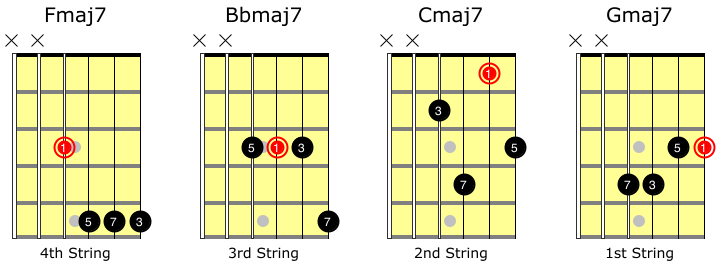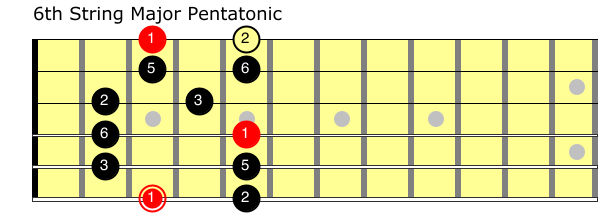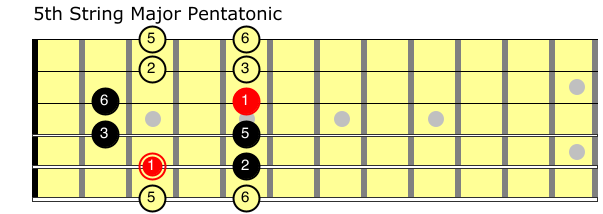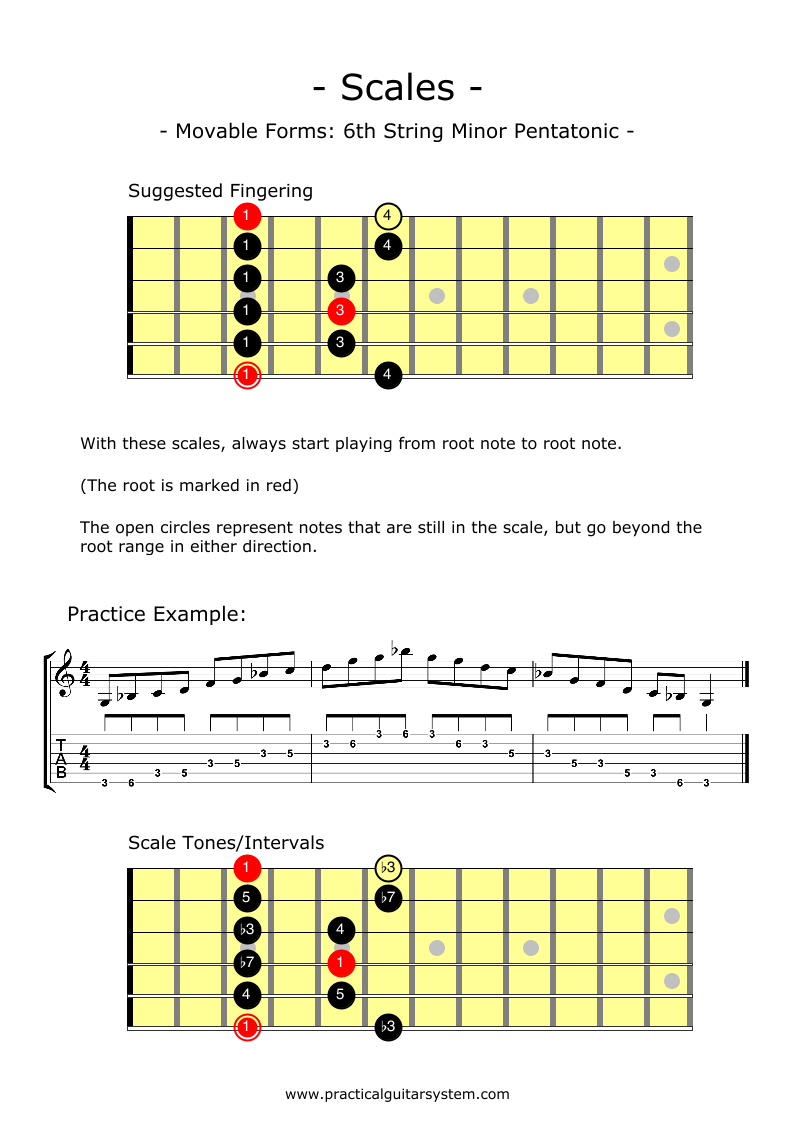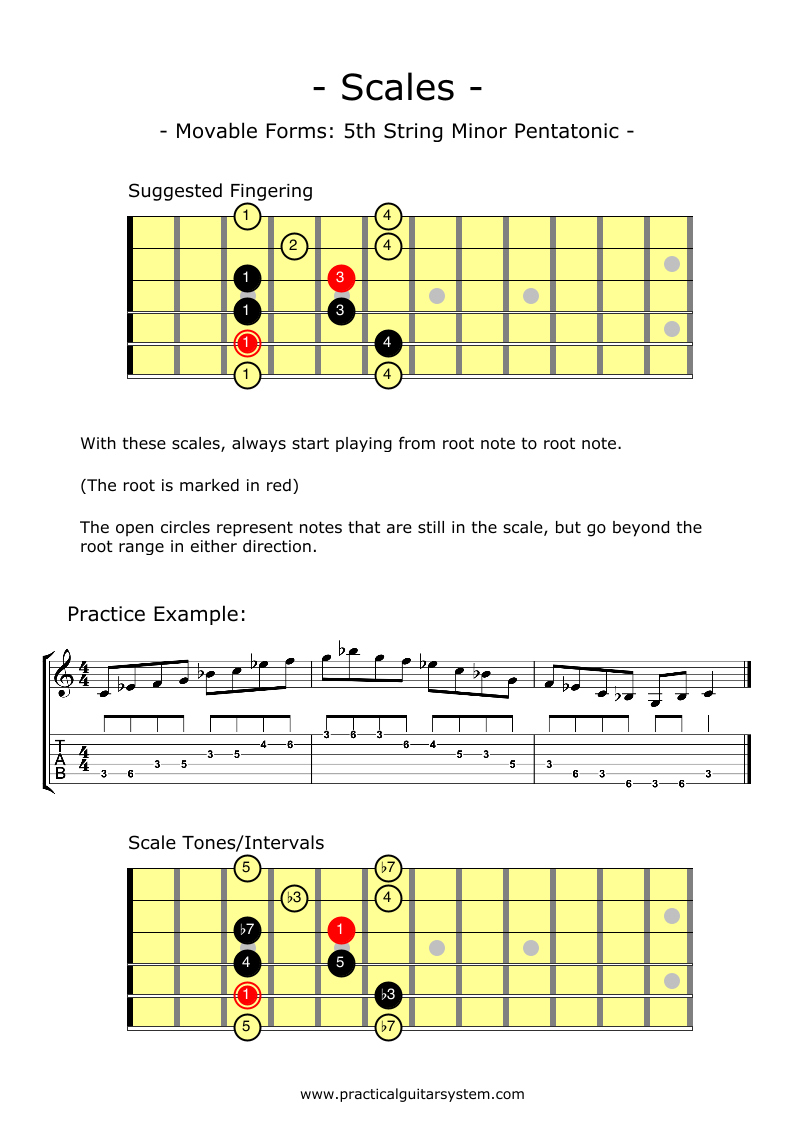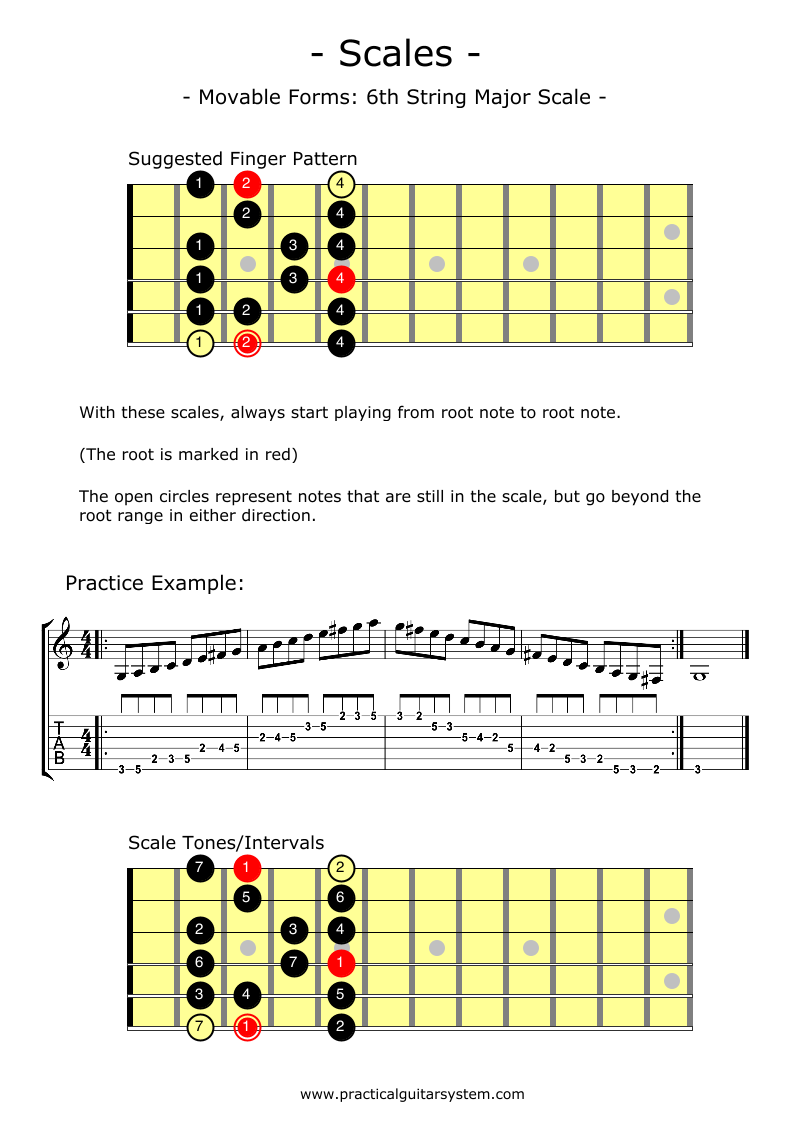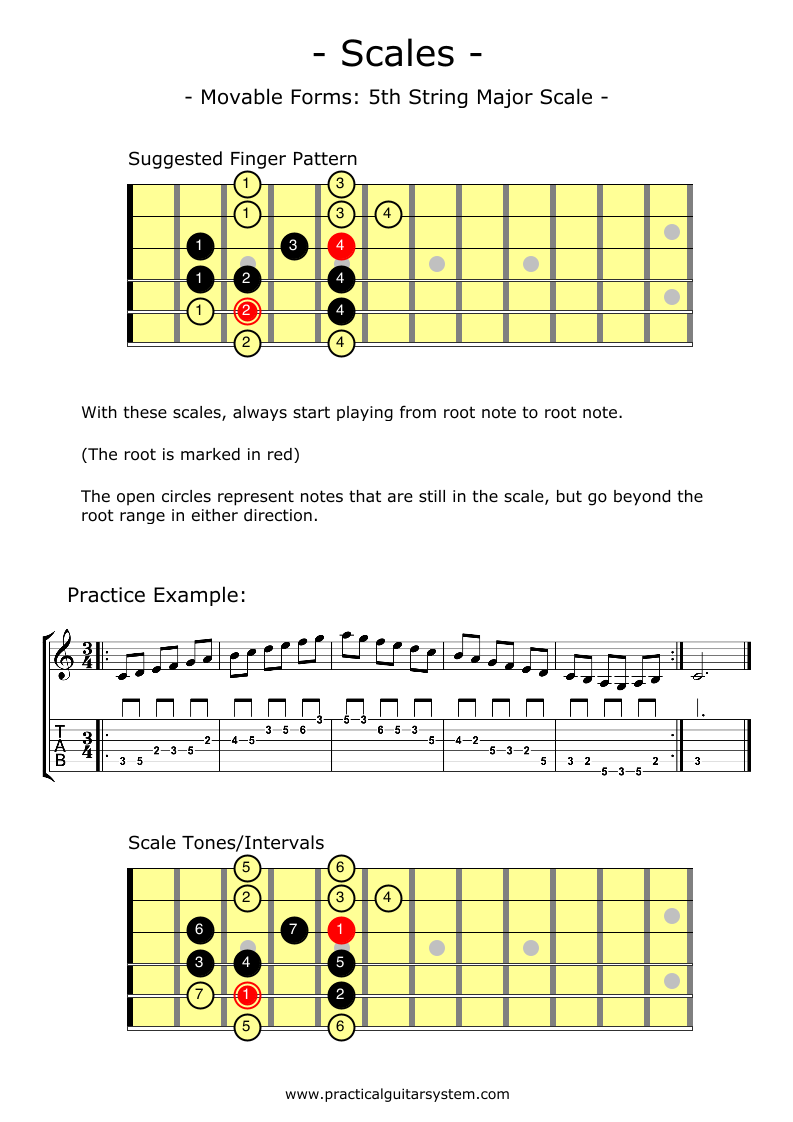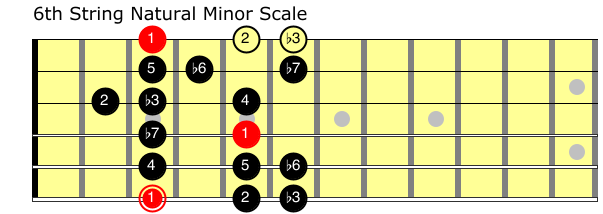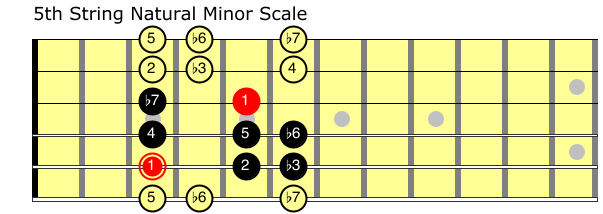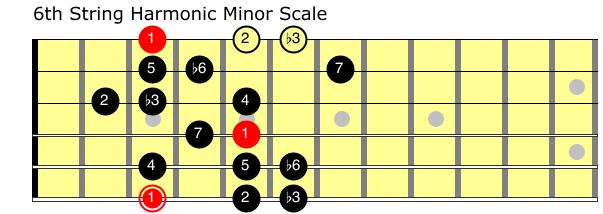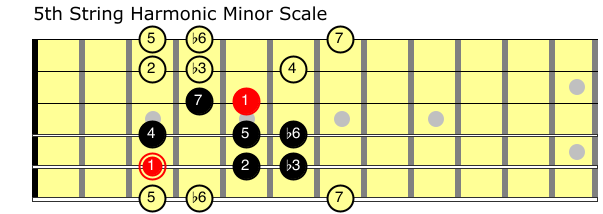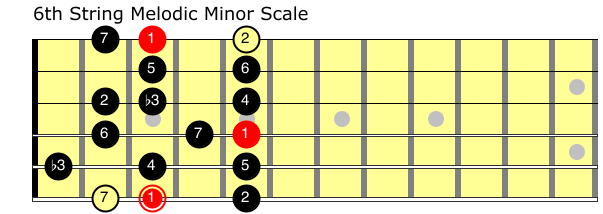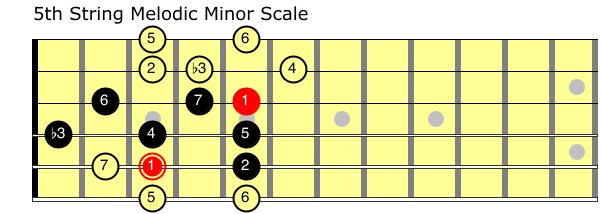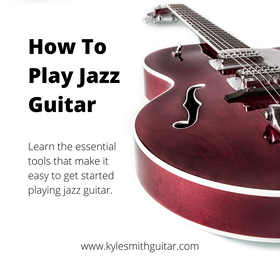 When it comes down to it, I really love playing jazz guitar. Playing jazz guitar is fun, challenging, and rewarding all at the same time. Playing jazz gives you a way to express yourself musically, explore your creativity, and enhance your knowledge of music theory and the guitar fretboard. I've been hooked on jazz guitar ever since I found out there was a band at school that I could play guitar in. I joined the jazz band and have been playing jazz ever since. While at first learning jazz guitar was just a way to get to play guitar at school, it soon became a lifelong study of this amazing style of music. When you're new to jazz, it can seem like there is a ton of learning that you need to do before you even start to play jazz guitar. (Let alone playing entire songs!) This isn't necessarily true - Learning how to play jazz guitar requires the same basic guitar playing skills as any other style of music. If you take it one step at a time, you can absolutely learn how to play jazz guitar - you just have to learn to apply your guitar playing skills to this great style of music. Learning How To Play Jazz GuitarThink of this article as a syllabus. It will give you a very broad overview of the skills you need to develop as you learn how to play jazz guitar. Work a little bit on each of the skills in the lists below, and take it one step at a time. There is no quick fix or hack to getting good at jazz guitar. Here's what I recommend: Start at the top of each list and try to work a little bit on chords, scales, and arpeggios each time you practice jazz guitar. As things become easier, move to the next skill down the list. You might find that you improve more quickly in some areas than in others - and that's ok. Listening should be done daily - or at least close to it. The more you listen to jazz, the more your own guitar playing will start to sound like jazz! Where possible, I have included links to in-depth lessons on each of the skills listed below. Keep checking back, as more lesson links will be added over time. Listen To JazzWhen it comes to learning to play jazz, the single most important thing is that you listen to jazz. All the knowledge and skill in the world won't make you sound like a jazz guitar player if you don't listen to great jazz guitar players. Jazz is something that needs to be heard felt, and absorbed - and you can do that with regular listening to jazz. It doesn't have to be all you listen to by any means, but if you want to sound like a jazz guitar player, you need to know what jazz musicians sound like. I've taught students at jazz camps who couldn't name a single jazz guitar player when they arrived, and it showed in their playing. What you hear the most often is what you will end up imitating in your guitar playing. Listening to metal won't help you sound like a jazz guitar player - and listening to jazz won't help you sound like a metal guitar player. Listening to good jazz players will help you figure out what you want to sound like. Make sure you are listening to great jazz guitar players from history, not just guys who "sound pretty good" on youtube. Here is a very abbreviated list to get you started:
There are tons of great jazz guitarists out there, so there are plenty of options for you to listen to. Find someone you like, and start listening to their albums. It's pretty simple. If you're serious about jazz, you should also listen to great jazz musicians from other instruments as well:
There are truly too many more to list - start listening, and find some players you like on instruments that aren't the guitar. Jazz Guitar ChordsAt first glance, it seems like there are millions of chords you have to learn to play jazz guitar. The good news is that once you get a few basic shapes under your fingers, everything else can become a variation on what you already know. Change one chord a little bit, and now you have two chords! You don't need a chord encyclopedia to get going, just a few simple shapes, and some instruction on how to change up your chords to get what you need. Basic Chord Shapes/Shell VoicingsThese 3 note basic chord shapes are extremely helpful. They're easy to play and remember - and they sound good! Once you know these patterns, you can get more out of them by adding color tones and extensions. Click here to learn more about basic jazz guitar chords. Drop 3 ChordsThese chords are great for playing in situations where you want to have a good mix of lower and middle-string sounds. You have 4 strings in play, while skipping a string between the lowest note and the rest of the chord. Click here to learn more about drop 3 chord shapes on guitar. Drop 3 chords can be helpful for playing in a jazz band rhythm section, by yourself, or in a duo setting. The chords shown above are all major 7th chords. These can be changed into other chord types using the chord manipulation menu and chord formula table below. Once you know the basics of how to change up your chord types, these chords can help you build just about any chord type you need. Drop 2 ChordsI like these chords for small group settings, solo guitar, and any time where I am the only instrument playing chords. Drop 2 chords use 4 adjacent strings, and some of the chord shapes can be a little stretchy at first. You can use any group of 4 adjacent strings to form these chord shapes: 6543, 5432, 4321 I prefer to use string groups 4321, and 5432 for the most part. In this overview we'll focus on the chords built on string group 4321. By combining these chord shapes with the drop 3 chords above you can start to work on chord melody arrangements, and have a variety of ranges to play with when you're backing up a soloist or melody line. Check out the chord manipulation and chord formula tables below to start working on your drop 2 chords. There are more chords than just these 3 categories, but honestly these alone can keep you busy for quite a while. There are always new chords or alterations to try, so keep an open mind and keep learning new chords. Jazz Guitar ScalesScales are important in any style of music, and its no different when you're learning how to play jazz guitar. You'll be using your scales for playing melodies, improvising solos, and even sight reading (if you're playing in a jazz ensemble where you need to read single notes as well as chord symbols). There's nothing magic about the scales used to play jazz, they're mostly the same scales that exist in all music. The difference is in using them creatively, and the level of complexity you can reach by changing scales to fit different chord progressions. Pentatonic ScalesYour major and minor pentatonic scales are always going to be a good starting point for playing jazz guitar. In general, you want to use your major pentatonic scales to play in major keys, and your minor pentatonic scale to play in minor keys. Major Pentatonic ScalesMinor Pentatonic ScalesClick here to learn more about minor pentatonic scales on guitar. Using Pentatonic Scales Get used to playing creatively and creating melodies with these patterns before moving on to other scale types. You can get a lot done with pentatonic scales alone - so get creative here before making things more complicated. When you're ready to add more complexity to your playing, the major and minor pentatonic scales will help to create a kind of frame that you can add more notes to and create new scale patterns. Seven Note ScalesAt the most basic and straightforward level, you can use the major and minor scales to improvise over major and minor chord progressions in songs. The major scale would be used to play melodies and improvise in major keys, and the minor scales would be used to play melodies and improvise in minor keys. This is an oversimplification of how these are really used in jazz, but it's a good way to get started. At a more complicated level, you want to focus your improvisation around the note of the scale that matches the chord you are playing over in the progression. If you're playing over the 2 chord, you want to focus your playing around the 2 of the scale pattern. If you're playing over the 5 chord, focus around the 5 of the scale pattern. When you're ready to really dive in to the different sounds available to you within this scale, you can explore the modes of the different scales. Each scale contains 7 other scales, or modes, that create different sounds and work well over different chords. At this point you are essentially exploring your scale patterns from every angle, fine-tuning your ears and fingers to create the sounds you want from your guitar. Major ScaleMajor scales are going to be an important resource for playing melodies and improvising in major keys. Natural Minor ScaleThe natural minor scale is going to be a good first option when playing melodies in a minor key. Harmonic Minor ScaleHarmonic minor scales are going to be your go-to resource for improvising in minor chord progressions. Melodic Minor ScaleMelodic minor scales are another good tool for improvising in minor keys. In classical music, the melodic minor scale has different intervals in the ascending and descending patterns. We won't worry about that here. In jazz we only use the ascending form of the scale - shown in the diagrams above. Click here to learn more about the melodic minor scale on guitar. Scale Technique DrillsAfter you get the hang of these scale patterns and get comfortable improvising with them, you can work with different technique drills to improve your coordination and skill level. These types of drills can also help you develop new material and approaches for improvisation. There are too many drills to show here, but I'll be covering the basics in an upcoming lesson. Jazz Guitar ArpeggiosArpeggios are important for developing your abilities to play over chord changes in jazz. Arpeggios are chords played one note at a time - like a scale pattern. You can use these arpeggio patterns to connect smoothly between different chords and develop lines that move through chord progressions while acknowledging each chord as you go. At first, these patterns are best used as technique exercises. Once you are familiar with the mechanics of the patterns, you can start applying them to chord progressions pretty easily. Below are the basic arpeggio types for you to know. Each arpeggio fits over a specific kind of chord. Work with one arpeggio pattern at a time, and add new patterns as you improve. Major 7th ArpeggioDominant 7th ArpeggioMinor 7th ArpeggioMinor 7 Flat 5th/Half Diminished 7th ArpeggioDiminished 7th ArpeggioMinor Major 7th ArpeggioThere are more arpeggio patterns you can try out, using alterations to the chords like raising or lowering the 5th of the dominant 7th arpeggio. The patterns above will give you a good starting point when it comes to learning how to play jazz guitar. Learning SongsUltimately, everything listed above is just stuff. You can think of these as the basic moves or techniques you can use in playing jazz guitar. The real magic happens when you start figuring out how to apply these in songs. Ideally, you should start learning songs as soon as possible as you learn how to play jazz guitar. It doesn't have to be too complicated. You technically only need a few basic chord shapes, and the major scale pattern to get going at first. Songs will present puzzles that you need to figure out how to solve, and this is where you learn a lot about how to use your skills to play jazz guitar. These are some of the things you will encounter as you learn to play songs:
These puzzles are how you start to develop your jazz guitar tools in a practical way. Here are some of the basic tool listed above, and how you can use them to help learn songs: ChordsChords are actually pretty straightforward in jazz guitar once you know the shapes. When you see a chord symbol, find the note that matches the letter name of the chord (F, or Bb for example). Once you have the note, try to create the chord quality that matches the symbol (min7, 7, or maj7 for example). Try your best to keep your chords close together as you work through the song. ScalesMost melodies are going to closely follow the major scale, or the natural minor scale. When you figure out the key, try using one of these two scales as your starting point - you'll find it much easier to learn and remember the melody. Your major and various minor scales can be used in improvisation over major and minor chord progressions. Don't forget your pentatonic scales! These can often be valuable tools in improvisation. The real trick is to try it out and experiment with the different scale patterns. Always pay attention to what actually sounds good, instead of just moving your fingers through a scale pattern. ArpeggiosYou can use arpeggios to outline chord changes as you improvise through jazz standards. To get started, play the arpeggio that matches each chord symbol in the song. Try to keep your arpeggio patterns as close together as possible as you work through the song. As you get comfortable using arpeggios this way, you can start to move smoothly from chord to chord, using your arpeggio patterns. How To Play Jazz GuitarLearning how to play jazz guitar isn't something you can do quickly. No matter what, you have to put in the time and work things out for yourself.
That being said, learning jazz guitar is a lot of fun and can keep you exploring the possibilities on your guitar for years to come. If you work on the topics in this lesson, you'll have a good handle on the basic tools you need for learning how to play jazz guitar. Once you have the basics, it's a matter of listening (always listening!) and learning new approaches to using the basics in your playing. Learning from a good jazz guitar teacher is the best way to go, since you can get personalized advice for your ability level, and the kind of jazz you want to be able to play. Contact me to learn more about taking jazz guitar lessons online or in Portland Oregon. Keep practicing, and let me know how it goes!
0 Comments
Your comment will be posted after it is approved.
Leave a Reply. |
